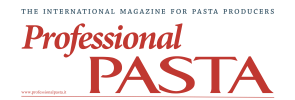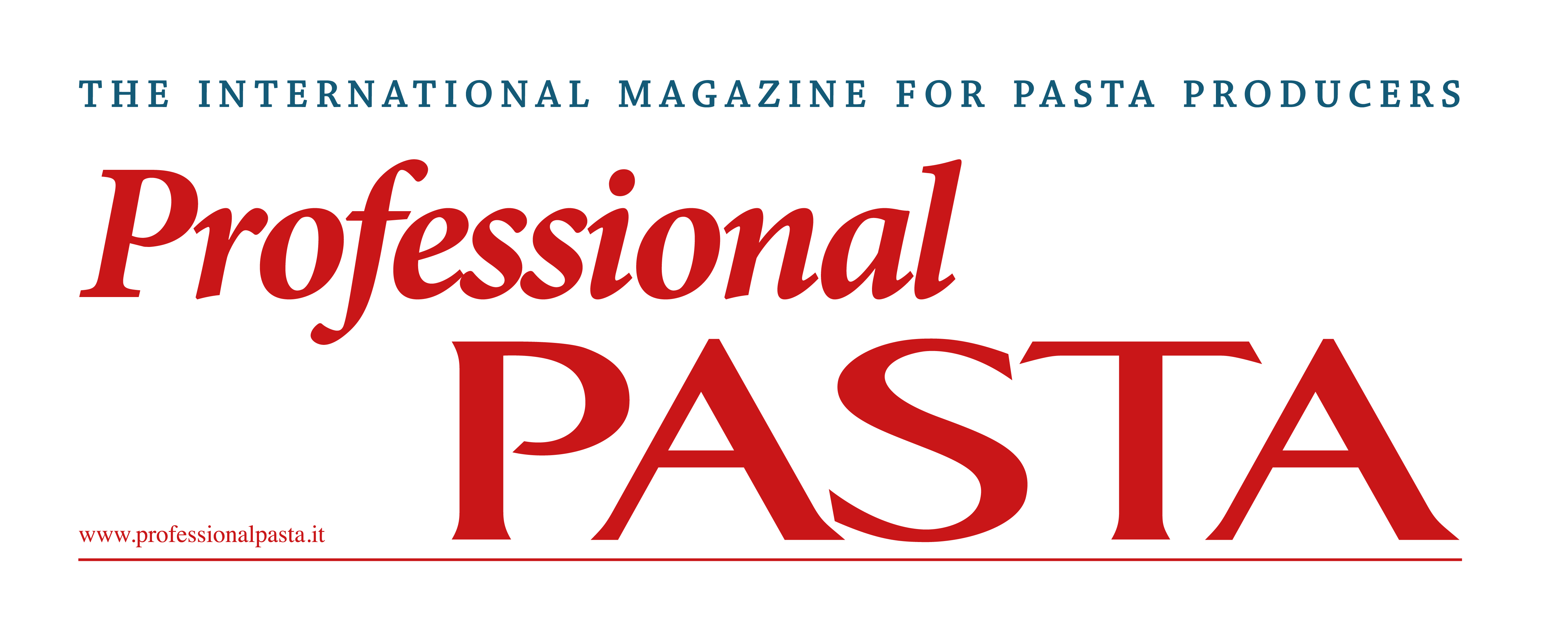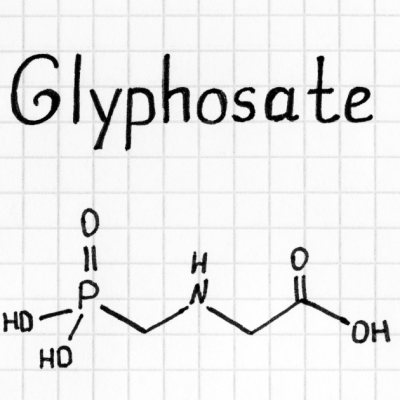Global whole grain policies: labeling, certifications, and dietary guidance
Around the globe, public health advocates are working to shift diets toward healthier patterns – and whole grains are a vital part of that effort. Decades of nutrition research have clearly demonstrated the link between increased whole grain consumption and reduced risk of many diseases, including cardiovascular disease, stroke, type 2 diabetes, and colorectal cancer.
But, despite overwhelming evidence that we should be eating more whole grains, populations around the world struggle to meet recommended levels of intake. The 2019 Global Burden of Diseases Study found that “low intake of whole grains was the leading dietary risk factor for [disability adjusted life years] among men and women and the leading dietary risk factor for mortality among women” ahead of high sodium intake, high trans-fat intake, and high sugar-sweetened-beverage intake.
In other words, increasing consumption of beneficial food groups like whole grains is just as important, if not more so, than decreasing consumption of detrimental ingredients such as sodium or added sugar. Labeling and regulations have an important role to play when it comes to helping consumers identify whole grain foods and understand the importance of increasing their whole grain intake. This article seeks to explore three regulatory and policy areas that influence consumer understanding and consumption of whole grains: front-of-pack labeling, third-party certifications, and dietary guidance.
Subscribe to the magazine to read the full article








